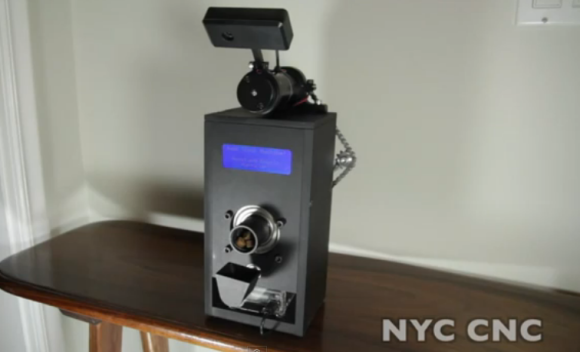
Ask around and chances are you can find a friend or family member that still has their early generation Kindle but doesn’t use it anymore. There are quite a number of different things you can do with them, and now there’s a single Launcher that works for all models of hacked Kindles. KUAL is the Kindle Unified Application Launcher.
Loading the launcher on your device does require that it be Jailbroken/Rooted, but that’s really the entire point, right? Once on your device the system is easy to configure. Menus themselves can be customized by editing the XML and JSON pair for each list. The screenshot on the left illustrates some of the applications you might want to run. We could see a VNC viewer being useful, and everyone likes to have games — like Doom II or the entire Z-machine library — on hand when they unexpectedly get stuck somewhere. But MPlayer? Does anyone actually use their ePaper device to watch videos?
















